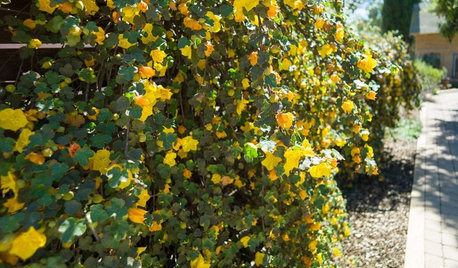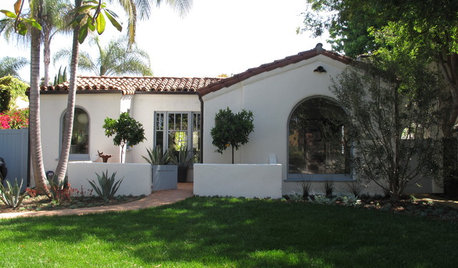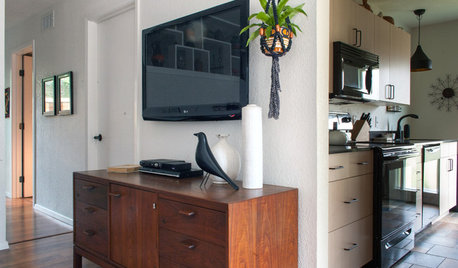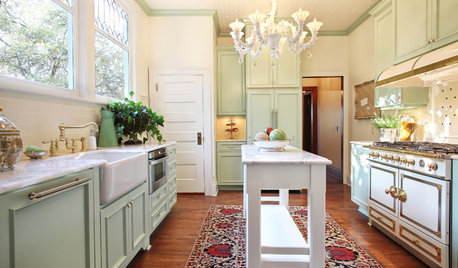Do you prune phal roots to fit a smaller pot?
mehitabel
16 years ago
Featured Answer
Comments (15)
claritamaria
16 years agohighjack
16 years agoRelated Professionals
Otsego Landscape Architects & Landscape Designers · Wakefield Landscape Contractors · Addison Landscape Contractors · Brunswick Landscape Contractors · Hurricane Landscape Contractors · Ocoee Landscape Contractors · Wallingford Landscape Contractors · Quartz Hill Landscape Contractors · Maple Heights Landscape Contractors · Murraysville General Contractors · Enumclaw General Contractors · Lake Forest Park General Contractors · North Lauderdale General Contractors · Owosso General Contractors · Valle Vista General Contractorsrichardol
16 years agojerry_meola
16 years agowhitecat8
16 years agohoward_a
16 years agojane__ny
16 years agowhitecat8
16 years agomehitabel
16 years agot_bred
16 years agomehitabel
16 years agopaul_
16 years agostitzelweller
16 years agomehitabel
16 years ago
Related Stories

GARDENING GUIDESTidy Up Sprawling Native Shrubs With These Pruning Tips
Sound horticultural pruning methods work for native and nonnative plants alike
Full Story
WINTER GARDENINGPruning Secrets for Exquisite Roses
Encourage gorgeous blooms year after year with this time-tested advice on how to prune your rosebush in winter for health and shape
Full Story
ARCHITECTURERoots of Style: Many Cultures Make Their Marks on Mediterranean Design
If you live in California, Florida or certain other parts of the U.S., your architecture may show distinct cultural influences
Full Story
LIFETips for Moving Into a Smaller Space
Downsize with less compromise: Celebrate the positive, pare down thoughtfully and get the most from your new home
Full Story
HOUSEPLANTSOne Pot, One Big Shot of the Tropics
Give your rooms exotic flair in a single stroke. Tall Kentia palm fits the tropical bill beautifully
Full Story
GARDENING GUIDESDesigning With Conifers: Find the Perfect Fit for Your Landscape
Conifers range from fairy-garden size to 70 feet tall. Here’s how to decifer the plant tag for the perfect long-term fit in your garden
Full Story
KITCHEN DESIGNKitchen Design Fix: How to Fit an Island Into a Small Kitchen
Maximize your cooking prep area and storage even if your kitchen isn't huge with an island sized and styled to fit
Full Story
LANDSCAPE DESIGNPretty Trees for Patios, Paths and Other Tight Spots
Choose trees for their size, shape and rate of growth — or shape them to fit your space. Here's how to get started
Full Story
CONTAINER GARDENSHappy Houseplants, Happy People
Potted plants add life and beauty to a room. Learn easy ways to keep them healthy
Full Story
HOUSEPLANTSMother-in-Law's Tongue: Surprisingly Easy to Please
This low-maintenance, high-impact houseplant fits in with any design and can clear the air, too
Full StorySponsored
More Discussions








turkeytaker